

All Episodes of How to Look at and Understand Great Art
Browse all episodes of How to Look at and Understand Great Art

All Episodes of How to Look at and Understand Great Art
Browse all episodes of How to Look at and Understand Great Art
Season 1
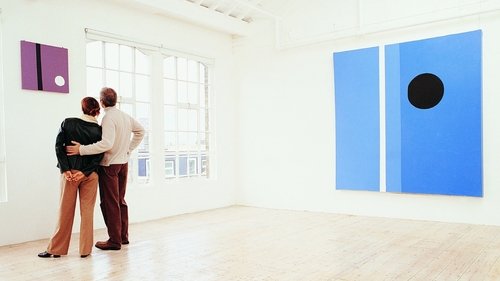 N/A/100 votes
N/A/100 votesThe Importance of First Impressions
Season 1 Episode 1 - Aired 1/1/2011
Examine the contexts and environments in which we encounter art and their critical effect on our viewing experience. Consider ways of displaying and framing paintings, as well as key parameters for viewing sculpture. Then, learn the predominant genres of Western art, and the artist's media, tools, and techniques.
Director: Unknown
Writer: Unknown
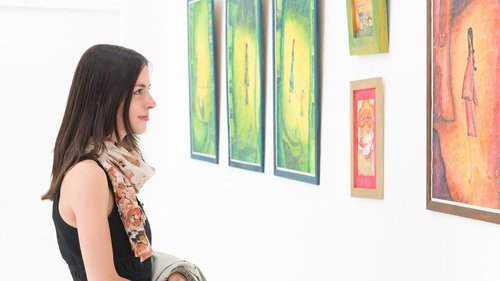 N/A/100 votes
N/A/100 votesWhere Am I? Point of View and Focal Point
Season 1 Episode 2 - Aired 1/1/2011
Explore how point of view—the artist's positioning of the viewer with respect to the image—works in painting and sculpture, paying particular attention to differences in angle and spatial relation. Then, continue with focal point, or the artist's centering of attention on a key area of the work.
Director: Unknown
Writer: Unknown
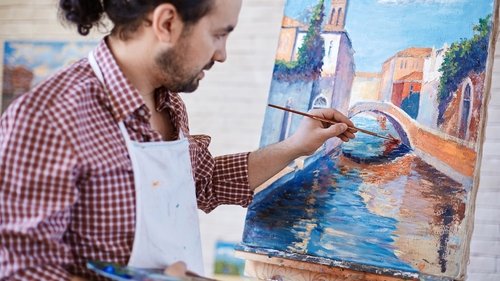 N/A/100 votes
N/A/100 votesColor—Description, Symbol, and More
Season 1 Episode 3 - Aired 1/1/2011
Uncover the core principles of color in painting, including the distinctions of value and saturation and the relationship of colors as analogous or complementary. See how major works of art achieve their power and meaning through color, as seen in celebrated canvases by Seurat, Gauguin, and Van Gogh.
Director: Unknown
Writer: Unknown
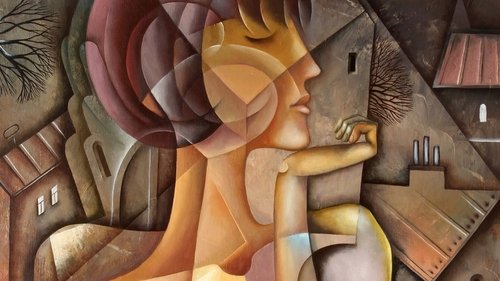 N/A/100 votes
N/A/100 votesLine—Description and Expression
Season 1 Episode 4 - Aired 1/1/2011
Discover the properties of line, another essential element of art, as "descriptive" (describing reality) or "expressional" (conveying feeling). Learn about the use of geometric lines, implied lines, and directional lines within a composition. Also, study the compelling, psychological use of line in Picasso's works, Seurat's "The Circus", and in key Modern and Expressionist works.
Director: Unknown
Writer: Unknown
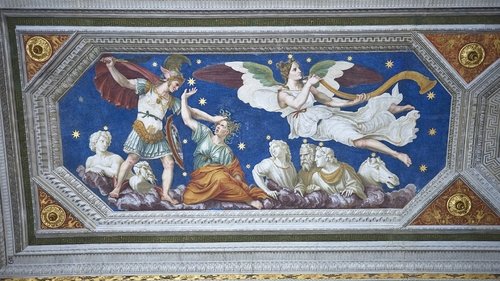 N/A/100 votes
N/A/100 votesSpace, Shape, Shade, and Shadow
Season 1 Episode 5 - Aired 1/1/2011
Examine geometric and "organic" shapes in painting and sculpture and the crucial relationship of figure to ground and mass to space. Then, explore the illusionistic use of shading, shadows, and overlapping shapes in Caravaggio's and Friedrich's works, and the compositional power of shapes in paintings such as Matisse's "Dance" and Michelangelo's "Creation of Adam".
Director: Unknown
Writer: Unknown
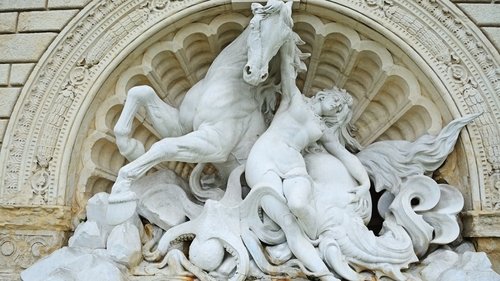 N/A/100 votes
N/A/100 votesSeeing the Big Picture—Composition
Season 1 Episode 6 - Aired 1/1/2011
Define symmetry and asymmetry in painting and sculpture, and the key effects on the viewer of each. Also, study scale and proportion of figures, and the distinction between "open" and "closed" composition, reflecting the artist's approach to visually framing the image.
Director: Unknown
Writer: Unknown
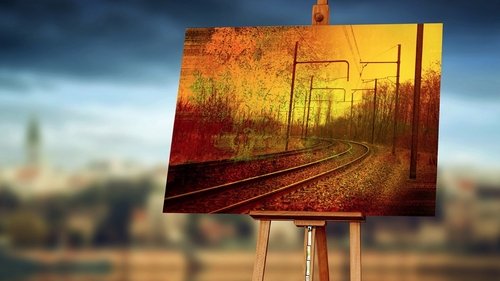 N/A/100 votes
N/A/100 votesThe Illusion—Getting the Right Perspective
Season 1 Episode 7 - Aired 1/1/2011
Tracking the history of illusionism in Western art, grasp the principles of linear perspective, foreshortening, and atmospheric perspective as they replicate how the human eye perceives. See how artists, including Cézanne and Van Gogh, manipulated perspective for their own creative ends, and observe the extreme illusionism of trompe l'oeil and anamorphosis.
Director: Unknown
Writer: Unknown
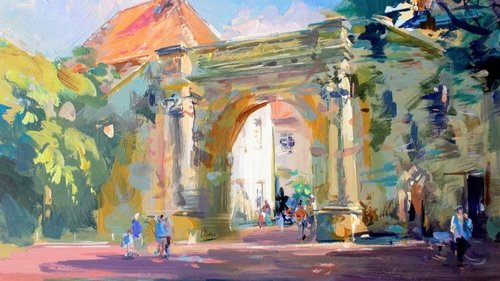 N/A/100 votes
N/A/100 votesArt That Moves Us—Time and Motion
Season 1 Episode 8 - Aired 1/1/2011
Explore how artists evoke motion and the passage of time, including implying motion through strong directional lines and time through narrative devices. Study approaches to implied motion in Impressionism, Abstract Expressionism, and Op art, and the use of actual motion in performance art and modern sculpture.
Director: Unknown
Writer: Unknown
 N/A/100 votes
N/A/100 votesFeeling with Our Eyes—Texture and Light
Season 1 Episode 9 - Aired 1/1/2011
Here, consider texture in sculpture as an aid to meaning in sculptures by Rodin, Donatello, and Bernini, and the painter's use of paint as a way to capture texture and light on canvas. Then observe the virtuoso representation of texture by master painters Ingres and Titian, and the handling of light and shadow in works by Renoir and Georges de la Tour.
Director: Unknown
Writer: Unknown
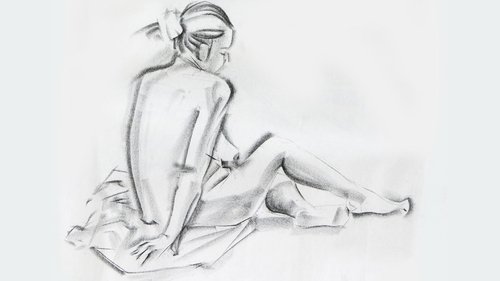 N/A/100 votes
N/A/100 votesDrawing—Dry, Liquid, and Modern Media
Season 1 Episode 10 - Aired 1/1/2011
In this first lecture on genre, define the various purposes of drawings, from "croquis" drawing to capture a pose or action, to successive sketches visualizing larger works, to finished drawings as a distinct art. Study the diverse media of drawing, focusing on master drawings in metalpoint, charcoal, ink, pastel, and pencil.
Director: Unknown
Writer: Unknown
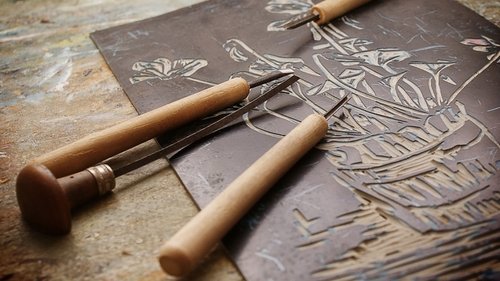 N/A/100 votes
N/A/100 votesPrintmaking—Relief and Intaglio
Season 1 Episode 11 - Aired 1/1/2011
The medium of prints attracted great artists from Dürer and Rembrandt to Ensor and Picasso. Using studio demonstrations, study the expressive means and contrasting techniques of relief printmaking, including woodcut, wood engraving, and linocut, and intaglio printmaking, including metal engraving, etching, mezzotint, and aquatint.
Director: Unknown
Writer: Unknown
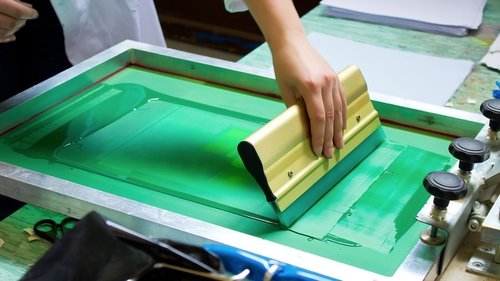 N/A/100 votes
N/A/100 votesModern Printmaking—Planographic
Season 1 Episode 12 - Aired 1/1/2011
This lecture explores the art of planographic printmaking, which allows artists to draw or paint directly on the printing surface. In detailed demonstrations and works by Daumier, Degas, and Warhol, grasp the techniques of lithography, silkscreen, and monotype, and explore the mastery of Whistler's lithograph "Nocturne: The Thames at Battersea."
Director: Unknown
Writer: Unknown
 N/A/100 votes
N/A/100 votesSculpture—Salt Cellars to Monuments
Season 1 Episode 13 - Aired 1/1/2011
Sculpture, as a genre, encompasses the full spectrum of three-dimensional artworks. In this lecture, investigate the varieties and viewing contexts of relief and in-the-round sculptures—from monumental public works and religious and historical subjects to assemblage, collage, found objects, and large-scale "earth art"—noting the technical distinction between subtractive and additive work.
Director: Unknown
Writer: Unknown
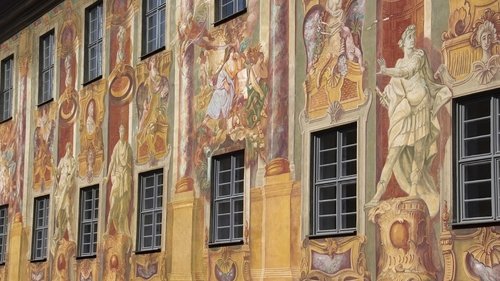 N/A/100 votes
N/A/100 votesDevelopment of Painting—Tempera and Oils
Season 1 Episode 14 - Aired 1/1/2011
Trace the history and technique of painting, beginning with the methodology of panel painting on wood; fresco painting, both wet and dry; and finally, oil painting and watercolor. Learn about types of oil paint, the mixing of colors, brushwork techniques, and the 19th-century phenomenon of plein air (outdoor) painting.
Director: Unknown
Writer: Unknown
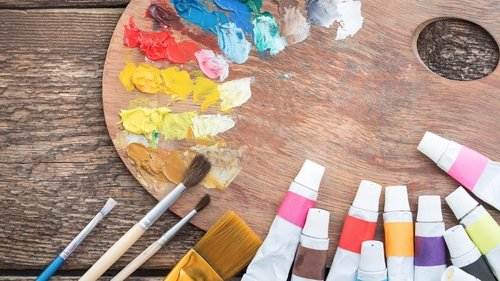 N/A/100 votes
N/A/100 votesModern Painting—Acrylics and Assemblages
Season 1 Episode 15 - Aired 1/1/2011
The lecture opens with a historical panorama of painting techniques, highlighting the diverse treatment of human faces. Then, it tracks 20th-century developments in nontraditional materials and methods of application, including the techniques of Frank Stella, Helen Frankenthaler, and Jackson Pollock, as well as the contrasting strengths and mixed use of oil and acrylics.
Director: Unknown
Writer: Unknown
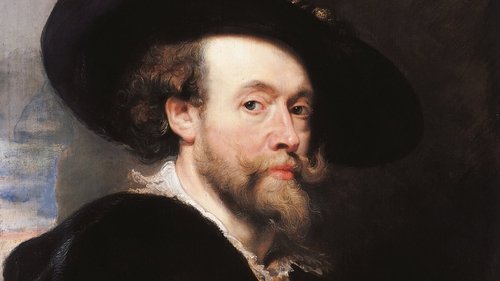 N/A/100 votes
N/A/100 votesSubject Matters
Season 1 Episode 16 - Aired 1/1/2011
Focusing on masterworks by Van Eyck and Rubens, define three levels of iconography (subject matter). Also study the academic codifying and ranking of subject matter in art, probing subject and deeper meaning in a variety of religious and history paintings, still lifes, landscapes, portraits, and genre works.
Director: Unknown
Writer: Unknown
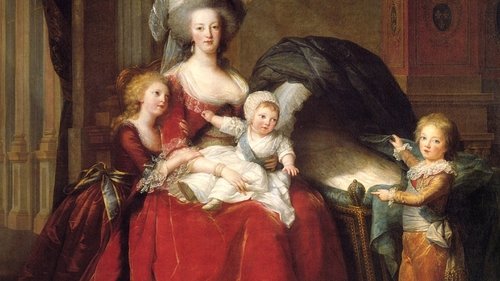 N/A/100 votes
N/A/100 votesSigns—Symbols, Icons, and Indexes in Art
Season 1 Episode 17 - Aired 1/1/2011
The richness of signs (signifiers) in art includes the use of symbols, icons, and indexes as they reveal layers of meaning. See how, in different historical eras, symbolic associations change over time, how icons visually represent a subject, and how indexes exhibit direct connections with the thing signified.
Director: Unknown
Writer: Unknown
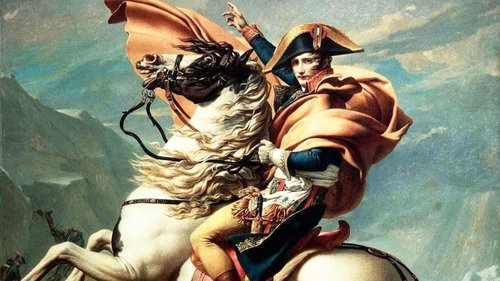 N/A/100 votes
N/A/100 votesPortraits—How Artists See Others
Season 1 Episode 18 - Aired 1/1/2011
In examining the diverse functions and types of portraits, study the important elements of facial presentation and the subject's position and gaze with relation to the viewer and the pictorial space. See how Rembrandt added dramatic power to his group "corporation" portraits, and how David carefully rendered Napoleon in symbolic terms.
Director: Unknown
Writer: Unknown
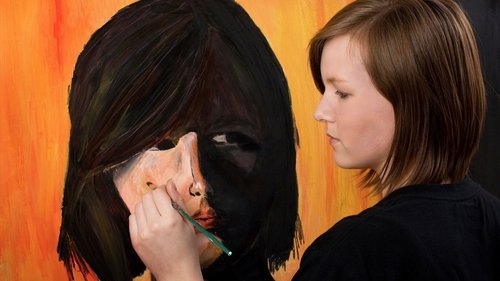 N/A/100 votes
N/A/100 votesSelf-Portraits—How Artists See Themselves
Season 1 Episode 19 - Aired 1/1/2011
Across the centuries, self-portraits fascinatingly reveal the changing role of the artist. Follow this progression, from Renaissance painters subtly placing themselves within large compositions, to self-portraiture's emergence as a major form of self-revelation, noting many dramatic and colorful traditions within the form.
Director: Unknown
Writer: Unknown
 N/A/100 votes
N/A/100 votesLandscapes—Art of the Great Outdoors
Season 1 Episode 20 - Aired 1/1/2011
In this lecture on landscape painting, observe the classical, balanced division into foreground, middle, and background, and how Romantic painters altered these proportions to express drama, infinite space, and the sublime. Discover proportion and composition in landscapes of the Hudson River school, Luminism, Impressionism, and also the subgenres of seascapes and cityscapes.
Director: Unknown
Writer: Unknown
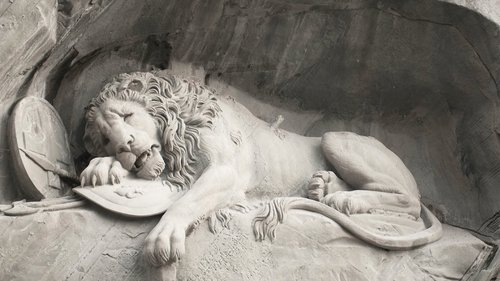 N/A/100 votes
N/A/100 votesPutting It All Together
Season 1 Episode 21 - Aired 1/1/2011
This lecture integrates elements including color, line, shape, composition, light, symbolism, point of view, and focal point. Using the viewing tools you've developed, look deeply at four diverse masterpieces, including a sculpture by Thorvaldsen, a "vanitas" still life by Van Oosterwyck, a lithograph by Bonnard, and a painting by Van der Weyden.
Director: Unknown
Writer: Unknown
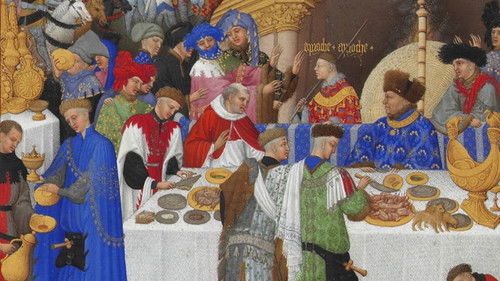 N/A/100 votes
N/A/100 votesEarly Renaissance—Humanism Emergent
Season 1 Episode 22 - Aired 1/1/2011
Contemplate the Renaissance phenomena of classicism and humanism in 15th-century Italian art, which focused—even in religious art—on the human body, nature, and depictions of earthly life and the individual. Learn how to recognize Early Renaissance art in characteristic subject matter and stylistic technique.
Director: Unknown
Writer: Unknown
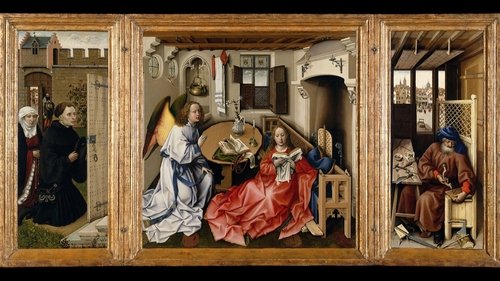 N/A/100 votes
N/A/100 votesNorthern Renaissance—Devil in the Details
Season 1 Episode 23 - Aired 1/1/2011
Flanders and Germany also witnessed an explosion of art in the 15th and early 16th centuries. Define the stylistics of great Northern Renaissance oil painting, such as the use of cool light, richness of detail, and the depiction of fabric. Conclude by charting the development of the historical "canon" of universally recognized artworks.
Director: Unknown
Writer: Unknown
 N/A/100 votes
N/A/100 votesHigh Renaissance—Humanism Perfected
Season 1 Episode 24 - Aired 1/1/2011
The Italian High Renaissance saw the full flowering of humanism and classicism. With reference to the era's thought and practice, delve into masterpieces by three of history's greatest geniuses: Raphael, Leonardo, and Michelangelo. Last, explore the composition of Raphael's School of Athens as it represents the sublime embodiment of High Renaissance ideals.
Director: Unknown
Writer: Unknown
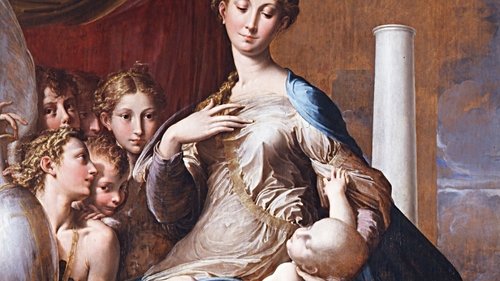 N/A/100 votes
N/A/100 votesMannerism and Baroque—Distortion and Drama
Season 1 Episode 25 - Aired 1/1/2011
Two important artistic movements followed the High Renaissance. Beginning with late Michelangelo, Tibaldi, and El Greco, explore the hallmarks of Mannerism, including deliberate distortions of proportion and perspective and use of tertiary colors. Then, in the works of Caravaggio, Rubens, and others, define the essence of Baroque art in its dramatic, exuberant expansion of classical style.
Director: Unknown
Writer: Unknown
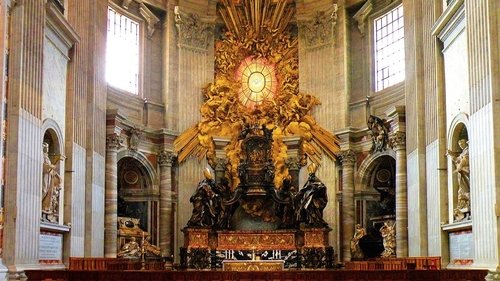 N/A/100 votes
N/A/100 votesGoing Baroque—North versus South
Season 1 Episode 26 - Aired 1/1/2011
Baroque style flowered in key regional variations. See the influence of the Counter-Reformation in southern Europe in dazzling religious images intended to excite and teach. Grasp the classical ethos of French Baroque and the Dutch diversity of subject matter and dramatic use of light and space in the North.
Director: Unknown
Writer: Unknown
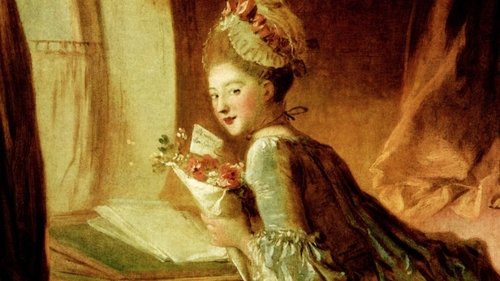 N/A/100 votes
N/A/100 votes18th-Century Reality and Decorative Rococo
Season 1 Episode 27 - Aired 1/1/2011
The sensuality of Rococo art mirrors 18th-century upper-class lifestyle and sensibility. Explore the evocation of intimate hedonism in Watteau, Boucher, Fragonard, and other Rococo masters, specifically through their imagery of lovers, social life, and pastoral pleasure. Then, define Rococo style in its graceful curves and characteristic use of paint and color.
Director: Unknown
Writer: Unknown
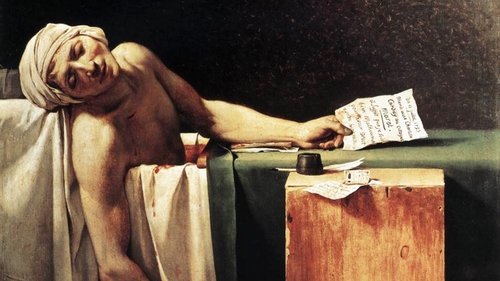 N/A/100 votes
N/A/100 votesRevolutions—Neoclassicism and Romanticism
Season 1 Episode 28 - Aired 1/1/2011
The early 19th century saw the emergence of two compelling and highly contrasting styles. Referencing the art of Napoleonic painter Jacques-Louis David, discover the tenets of Neoclassicism, specifically its ordered composition and emphasis on stoicism, morality, and rational control. In works by Eugène Delacroix, find the spirit of Romanticism and its concern with dramatic proportions and expression of emotion.
Director: Unknown
Writer: Unknown
 N/A/100 votes
N/A/100 votesFrom Realism to Impressionism
Season 1 Episode 29 - Aired 1/1/2011
In canvases of Millet, Courbet, and Manet, observe the Realist ideals of honesty, simplicity, and descriptive colors in revealing contemporary experience. Then, explore the phenomenon of Impressionism, highlighting Renoir, Monet, and Degas—their fascination with natural light, quest to capture the moment, and iconic subject matter of middle-class leisure life.
Director: Unknown
Writer: Unknown
 N/A/100 votes
N/A/100 votesPostimpressionism—Form and Content Re-Viewed
Season 1 Episode 30 - Aired 1/1/2011
The term "Postimpressionism" comprises a varied and highly innovative body of art. Here, learn how Postimpressionist painters such as Cézanne and Seurat were driven by what they perceived as a loss of form in Impressionist art. See also how Symbolists Gauguin and Munch used increasing abstraction to convey deeper psychological meanings.
Director: Unknown
Writer: Unknown
 N/A/100 votes
N/A/100 votesExpressionism—Empathy and Emotion
Season 1 Episode 31 - Aired 1/1/2011
In defining the bold sensibility of Expressionism, explore its use of violent colors, stylistic distortions, and sculptural application of paint. Also contemplate its influences (including contemporary philosophers as well as Freud) and its goal to provoke empathy and thus touch the viewer at the innermost level.
Director: Unknown
Writer: Unknown
 N/A/100 votes
N/A/100 votesCubism—An Experiment in Form
Season 1 Episode 32 - Aired 1/1/2011
Investigate the visual elements and the three phases of this hugely influential movement, based in its geometric fracturing of forms and multiple, interlocking meanings of line and shape. Find borrowings and echoes of Braque's and Picasso's Cubism in diverse 20th-century painters and experiments in Cubist-derived sculpture.
Director: Unknown
Writer: Unknown
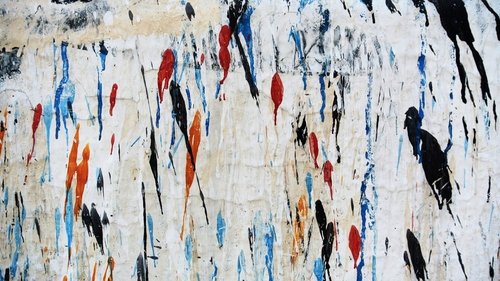 N/A/100 votes
N/A/100 votesAbstraction/Modernism—New Visual Language
Season 1 Episode 33 - Aired 1/1/2011
Abstraction and Modernism forged a daring new definition of art, breaking dramatically with the past. Discover the philosophical and experiential underpinnings of abstraction and nonrepresentational art, now radically freed from imitating nature. Encounter art's new language in visionary works by Kandinsky, Marc, Pollock, De Kooning, and others.
Director: Unknown
Writer: Unknown
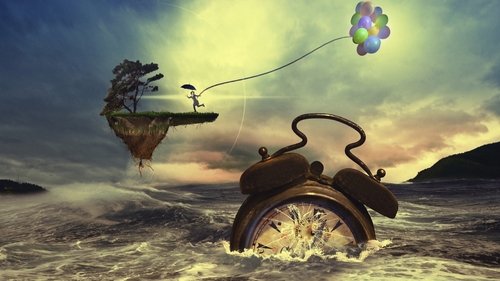 N/A/100 votes
N/A/100 votesDada Found Objects/Surreal Doodles and Dreams
Season 1 Episode 34 - Aired 1/1/2011
Contemplate the "anti-art" spirit of Dadaism, its nihilistic yet humorous indictment of civilization and bizarre use of unconventional media. In the sensibility of Surrealism, observe its compelling focus on the subconscious and two substyles—dream imagery, with its juxtaposition of objects and settings, and "automatic drawing," eliciting unplanned images from the unconscious.
Director: Unknown
Writer: Unknown
 N/A/100 votes
N/A/100 votesPostmodernism—Focus on the Viewer
Season 1 Episode 35 - Aired 1/1/2011
In the 1960s, Pop art, Op art, and minimalism brought yet another far-reaching redefinition of art. Learn to recognize these three distinct postmodern visions, and see how they shared a common rejection of the traditional focus on the artist, aiming instead to create works that exist only for the viewer's interpretation.
Director: Unknown
Writer: Unknown
 N/A/100 votes
N/A/100 votesYour Next Museum Visit—Do It Yourself!
Season 1 Episode 36 - Aired 1/1/2011
The final lecture opens with a detailed and thought-provoking guide to museum-going. Consider ways of making the most of visits to permanent collections and special exhibitions in both large and small museums. Conclude with a sumptuous review involving masterworks from the many eras, movements, and schools you've looked at.
Director: Unknown
Writer: Unknown